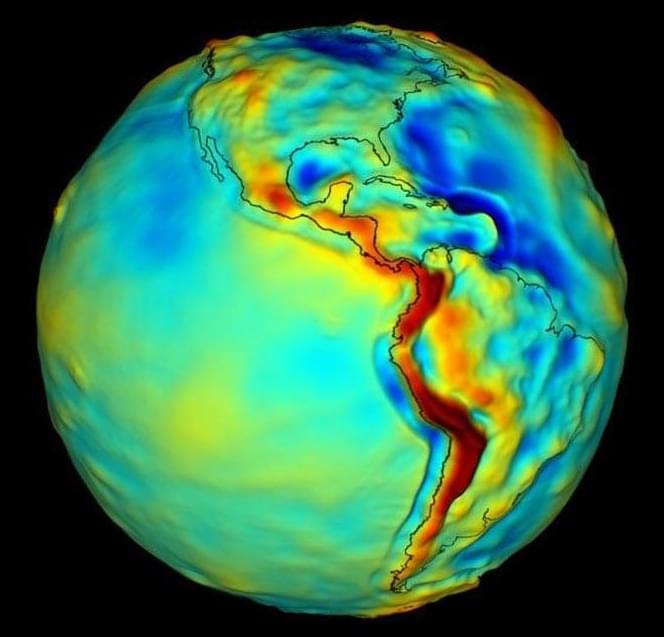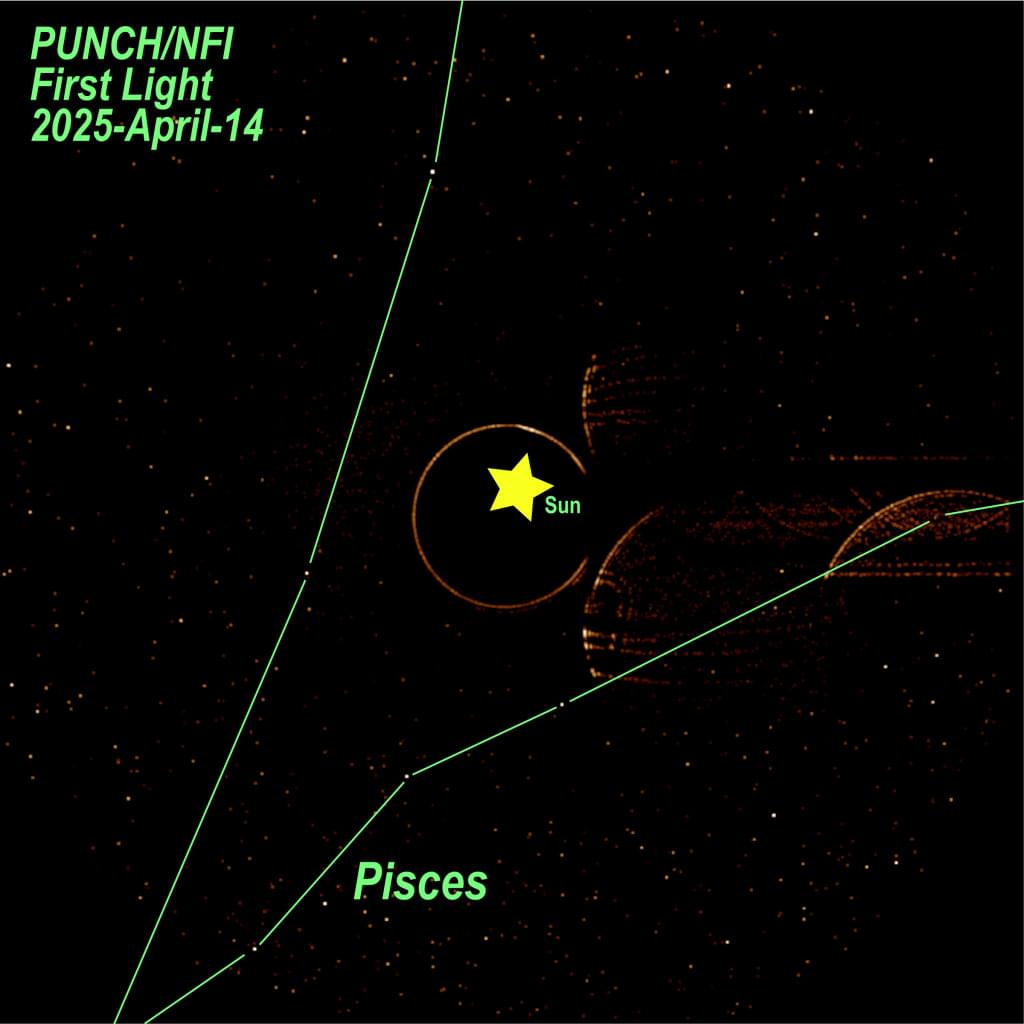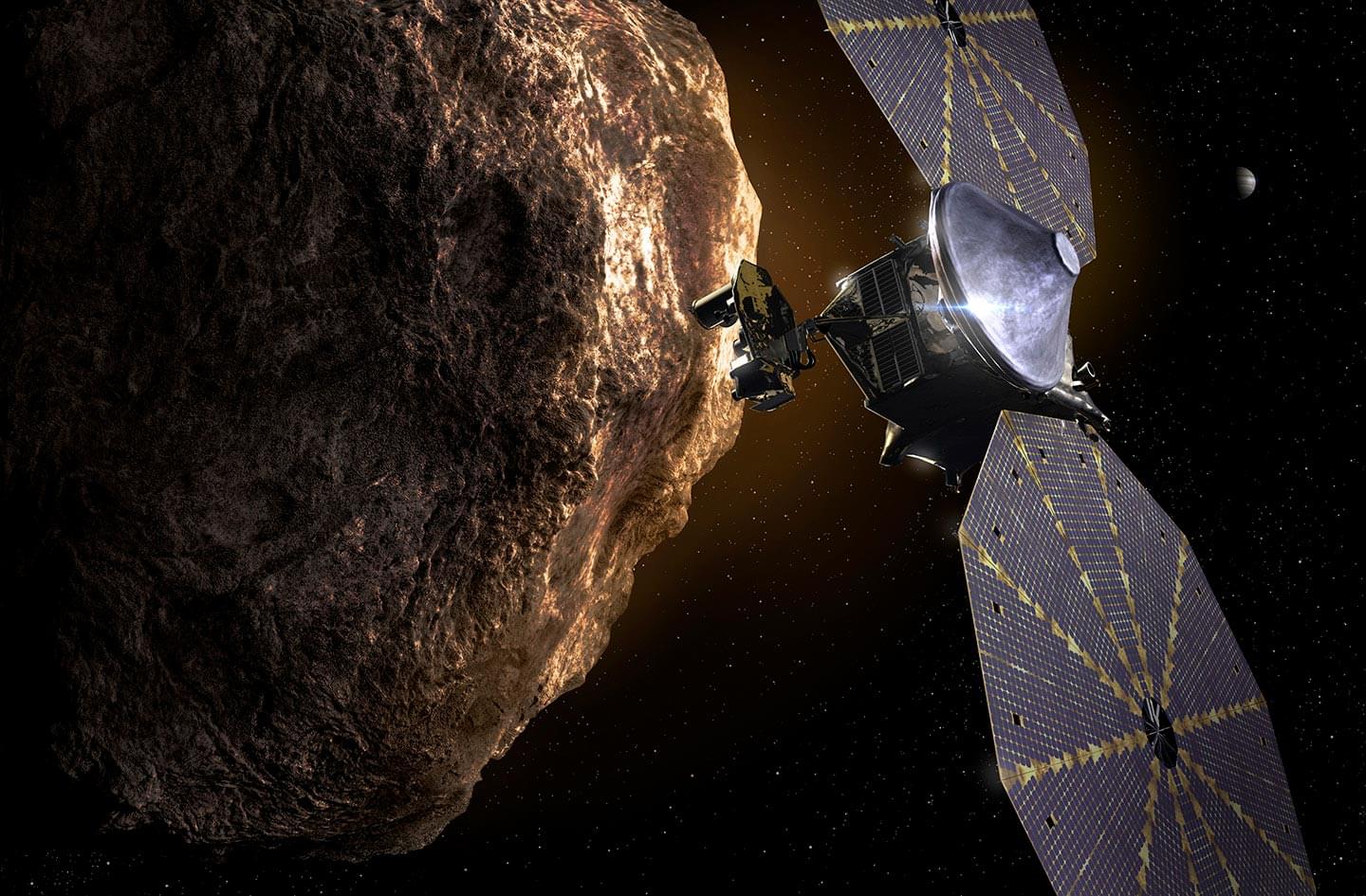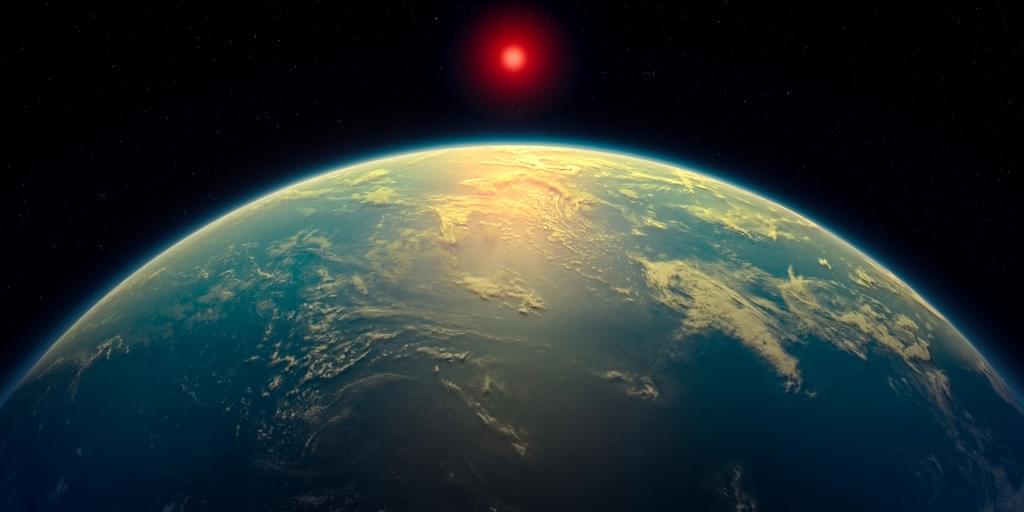After confirming the potential historic observation, the results were evaluated for several possible errors. The work was also analyzed independently. Each time, the team came back to the conclusion that they may have found the first potential signs of life outside our solar system.
“It was an incredible realisation seeing the results emerge and remain consistent throughout the extensive independent analyses and robustness tests,” said co-author Måns Holmberg, a researcher at the Space Telescope Science Institute in Baltimore.
Notably, the concentrations of either DMS or DMDS spotted by JWST were thousands of times higher than concentrations found on Earth. According to the Cambridge astronomers, detecting high levels of either of these chemicals on Hycean (ocean) worlds due to large amounts of biological activity was previously predicted.









